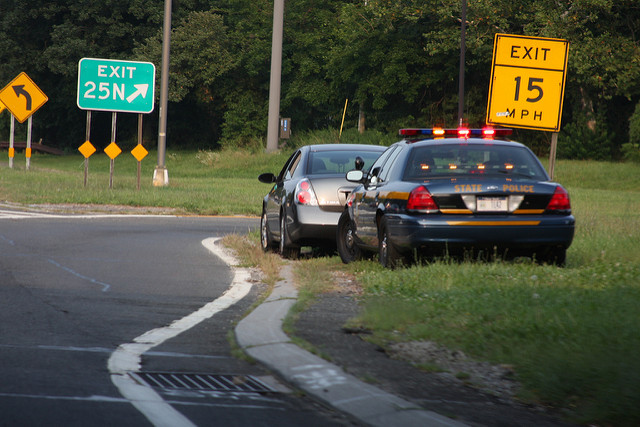
Concerns surrounding police use of force highlight the urgent need for law enforcement reform.
A policing model for the 21st century is fertile ground for attention, focus, and debate on the use of police force. The current model—which many, including myself, believe to be an outdated approach to fighting crime, maintaining public safety, and defending constitutional protections—is fraught with liabilities and danger for police officers.
An examination of certain policing practices reveals the need for law enforcement reform. The introduction of stop-and-frisk programs, including electronic databases that record stop-and-frisk encounters, as well as the internationally heralded Compstat system—which created pseudo cyber-cops by focusing on lowering crime statistics gathered through computerized mapping programs—have changed the mechanisms and methodology for providing police services. However, given reports of misclassification errors surrounding the Compstat system’s crime statistics for certain jurisdictions, and the criticism that stop-and-frisk programs resulted in disproportionate stops of innocent racial minorities, the effectiveness of these initiatives has been controversial and hotly debated. These heated debates have morphed into protest and yet, because there is a lack of experienced and innovative thinkers, these failing law enforcement practices continue. It is as though police agencies have become one-trick ponies that are unable to pivot—even if it means losing the public’s trust and confidence.
It is important to recognize that a criminal justice system, or more specifically a policing system, that creates and cultivates a model of enforcement that increases unnecessary civilian contact is a broken system. It is a system that has resulted in and will continue to lead to avoidable loss of life. If you rely on data-driven enforcement and set arbitrary or selective quantifiable goals, there will be ethical, moral, and legal consequences.
Additionally, too often, when searching for the culprit behind the reports of increases in the use of force, we cannot see the forest for the trees. The forest is the system and the trees are the brave, professional police officers. And too often, citizens are victims whose constitutional rights have been trampled on. Although so much outrage is rightly directed at individual police officers, we cannot allow the system to throw a rock and hide its hand. The current dysfunctional law enforcement system provides cover and concealment for police agencies—agencies that, in my view, are akin to de facto state-sponsored agent provocateurs.
Furthermore, police use of force is not a universal problem. Instead, it is a problem and concern among communities of color. In many white communities, police use of force is as rare as UFO sightings. This reality poses challenges for police apologists and accomodationists who reflexively recommend additional training to address these racial disparities surrounding use of force. Police officers receive the same training on law and procedure—yet studies show that their enforcement strategies are clearly race based.
Equally alarming are the countless, initially innocuous police-civilian interactions that result in police using deadly physical force. Upon examination, you will find that many well-publicized fatal encounters were initiated, cultivated, and executed by police officers themselves. For example, too often we witness what is known as “officer created jeopardy.” Simply put, officer created jeopardy occurs when a police officer prematurely and knowingly acts in a way that eliminates non-lethal options to de-escalate the situation and makes deadly physical force unavoidable. Officer created jeopardy usually occurs when police officers ignore sound police tactics, procedures, and sometimes even the law—and as a result, act without “clean hands.” Think of Tamir Rice, a 12-year-old boy in a park who was carrying a toy gun and was shot by an officer who thought Rice had a real gun. After the officers responded to a call about Rice, they drove directly up to Rice and created an encounter that made the use of deadly force difficult to avoid if Rice had been armed.
Criminal convictions are rare for these cases because the prosecution focuses exclusively on the question of justification and minimizes the relevance of the police officer’s deviations from best practices and legal violations that immediately preceded the fatal action. Without considering who created the actual environment of fatal danger, many jurors and jurists are laser focused on the narrow question of whether the police officer believed his life was in danger, instead of the officer’s culpability.
Given these pressing issues surrounding use of force and law enforcement, our policing model for the 21st century must evolve. There must be national professional standards for law enforcement officials, along with a higher level of accountability. Policing, with all its historical challenges, is an honorable profession—and one of paramount importance. Accordingly, police officers cannot be relegated to a role that is analogous to that of factory line workers monotonously producing widgets.
Instead, police work is nuanced and is more of a calling than a career. Police reform provides the opportunity to raise professional standards, increase transparency and accountability, introduce useful technology, commit to community policing, examine the role of race in law enforcement, and provide much needed modern day training. Those who oppose reform disrespect the profession and are preventing across-the-board excellence in policing.




